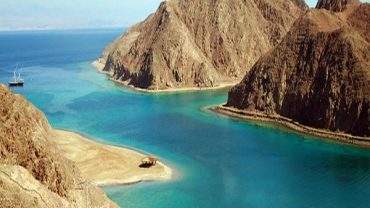Nubian Museum
The Nubian Museum in Aswan is an important cultural institution that showcases the rich history and heritage of the Nubian people. The museum was founded in 1997 and is located on an 80,000 square foot site that overlooks the Nile River. It houses a vast collection of artifacts, artworks, and archaeological finds that provide visitors with insights into the unique culture and traditions of the Nubian people.
The museum’s collection is divided into three main parts: the Ethnographic Section, the Pharaonic Section, and the Contemporary Nubian Culture Section. The Ethnographic Section focuses on the customs, lifestyle, and everyday objects of the Nubian people. It includes a replica of a traditional Nubian house, ceramics, jewelry, and fabrics that illustrate the traditional crafts and skills of the Nubian people. The Pharaonic Section covers the ancient history of Nubia and includes artifacts from the temples and tombs of the Pharaonic era. This section highlights the significance of Nubia’s role during this period and shows how its history intertwined with that of ancient Egypt. The Contemporary Nubian Culture Section showcases how the Nubian culture has evolved and transformed over time. It displays modern artworks, photographs, and videos that reflect the contemporary Nubian identity, culture, and traditions.
One of the most striking features of the Nubian Museum is its architecture. The building’s design embodies the unique Nubian style of architecture. The museum’s exterior is made of earth-toned bricks that blend in with the surrounding natural landscape. The interior is designed with winding paths that lead visitors through the exhibits, simulating a journey through the Nile Valley and the various stages of Nubian history. The building’s materials and shapes reflect the influences of both ancient Egyptian and Islamic architecture, as well as the distinct Nubian characteristics.
Overall,
The Nubian Museum is a vital cultural institution that preserves the historical and cultural heritage of the Nubian people. It is an important attraction for both local and international visitors who seek to learn about the rich history, culture and traditions of the Nubian people. The museum’s artifacts, architecture, and exhibitions create a unique experience that enables visitors to understand and appreciate the unique legacy of the Nubian people.




Comment (0)